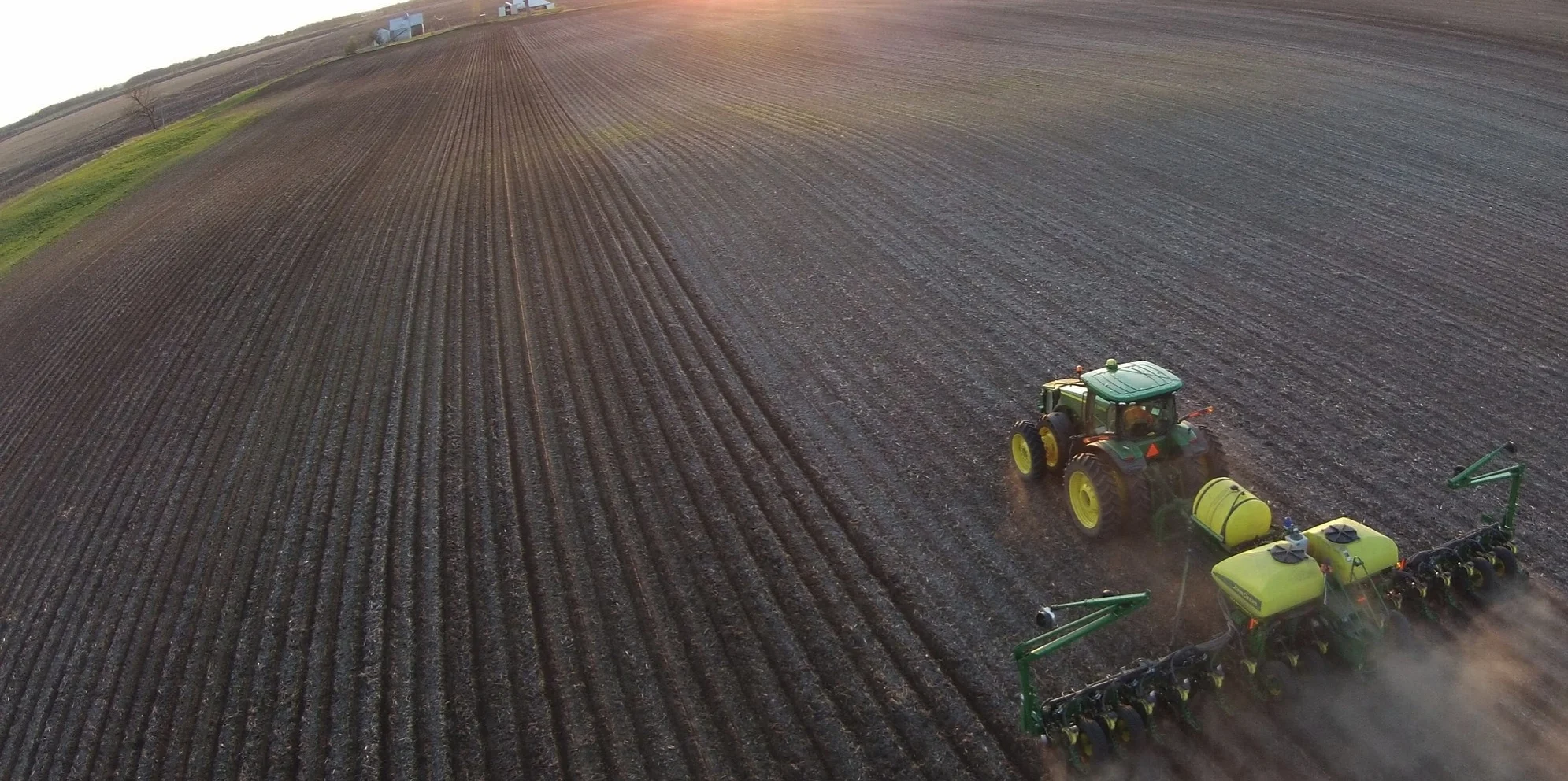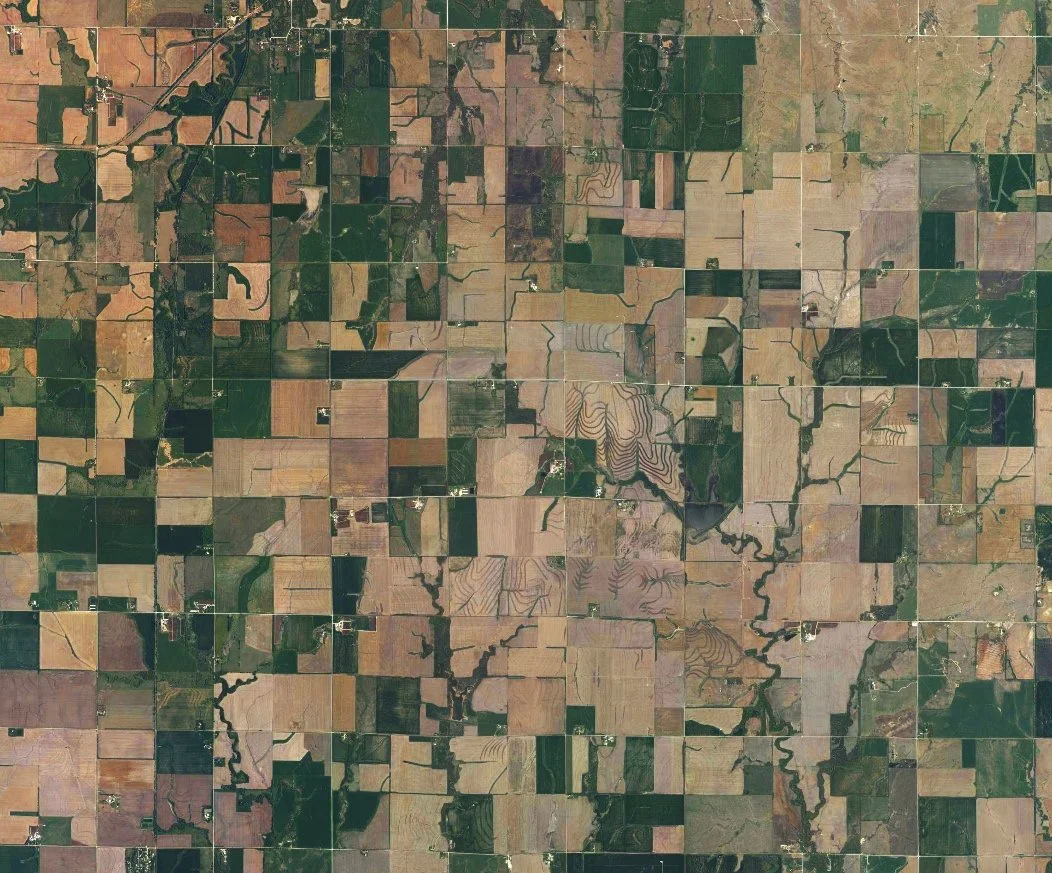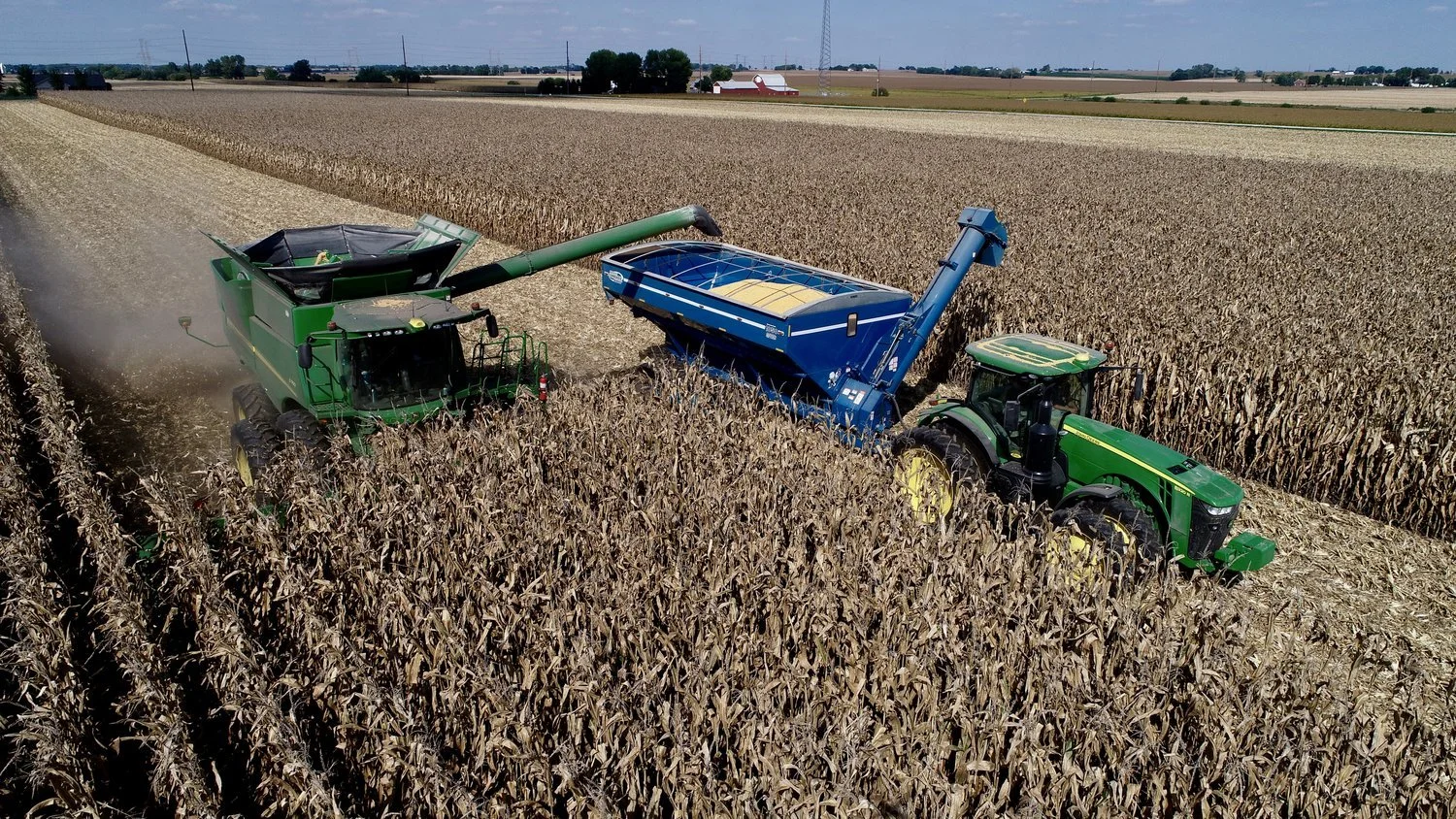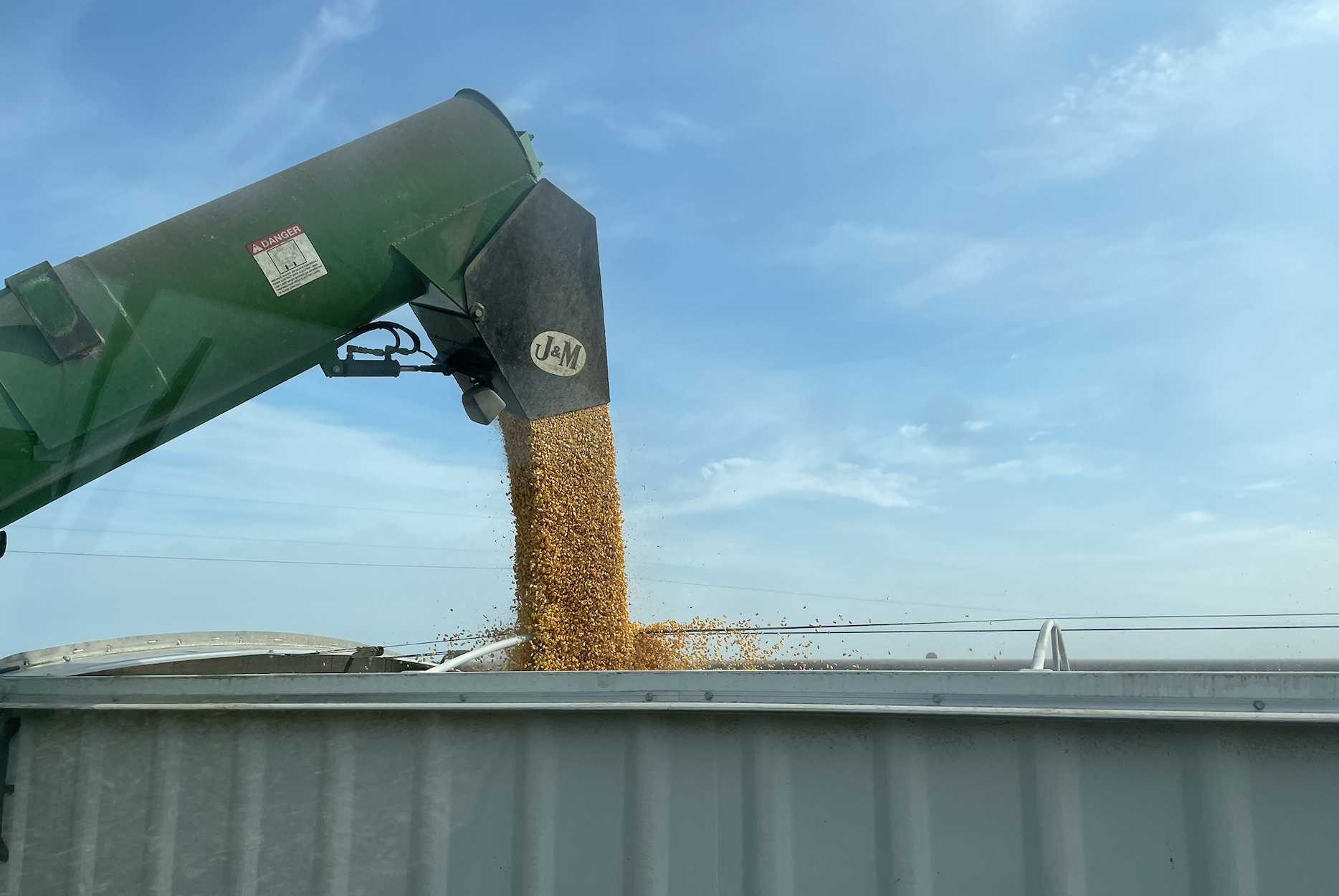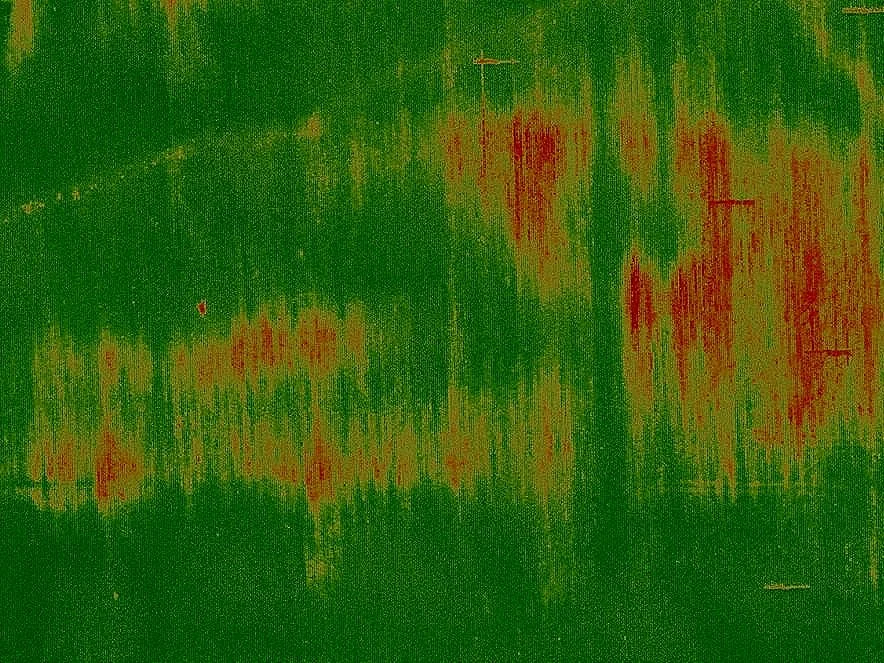Insets vs. Offsets on the Farm
/Climate change has brought new words into our vocabularies that barely existed a decade ago. Two words frequently used when discussing reduction of the carbon footprint for agriculture are “insets” and “offsets.” This post explores these terms as they pertain specifically to agriculture. As a threshold matter, these are not legal terms and are thus somewhat imprecise and not universally defined and accepted.
Carbon Offsets. The EPA defines an “offset” as a project that is intended to reduce green house gas (GHG) emissions, increase the storage of carbon, or enhance GHG removals from the atmosphere. Offsets usually occur elsewhere—they are external to the operation of the company seeking to reduce its GHG emissions. Offsets are typically verified and measured by third parties, which allow companies to obtain carbon credits for offsetting their emissions.
Farmers can be the beneficiaries of companies looking to offset their GHG emissions. We are seeing this with carbon sequestration programs. For example, a food company may pay a farmer to switch from conventional tillage to no-till due to the resulting increase in carbon build up in the soil. The food company receives credit for every metric ton of carbon the farmer adds to the soil profile.
Similarly, the ethanol industry is paying farmers to sequester carbon in deep underground pore space formations. Compressed CO2 is pumped into these formations and the farmer is paid a royalty for use of the space. Ethanol’s carbon footprint is offset by the reduction in atmospheric CO2.
Carbon Insets. Carbon insets are emission reductions that are internal to the company seeking to reduce its GHG emissions (or carbon footprint). Insets are accomplished by projects or practices that reduce a company’s own emissions. Sometimes the term “inset” is used more generally to describe emission reductions within a supply chain across an entire industry.
Farmers can also be the beneficiaries of companies looking to implement carbon inset projects. For example, a dairy processor may upgrade its milk trucks to run on renewable natural gas (RNG) rather than diesel. This reduces the processor’s GHG emissions.
Similarly, the dairy processor may pay a dairy farm to upgrade some of its older, less efficient equipment, to reduce the emissions at the farm level. This too would be an example of insetting as the more efficient equipment reduces the emissions in the milk’s supply chain.
Fortunately for agriculture, whether something is an “inset” or “offset” is not as important as the effect on the bottom line. There is a lot of money flowing into carbon insetting and offsetting projects on the farm today as a result the USDA’s Partnership for Climate Smart Commodities and by companies looking to reduce their carbon footprint.

